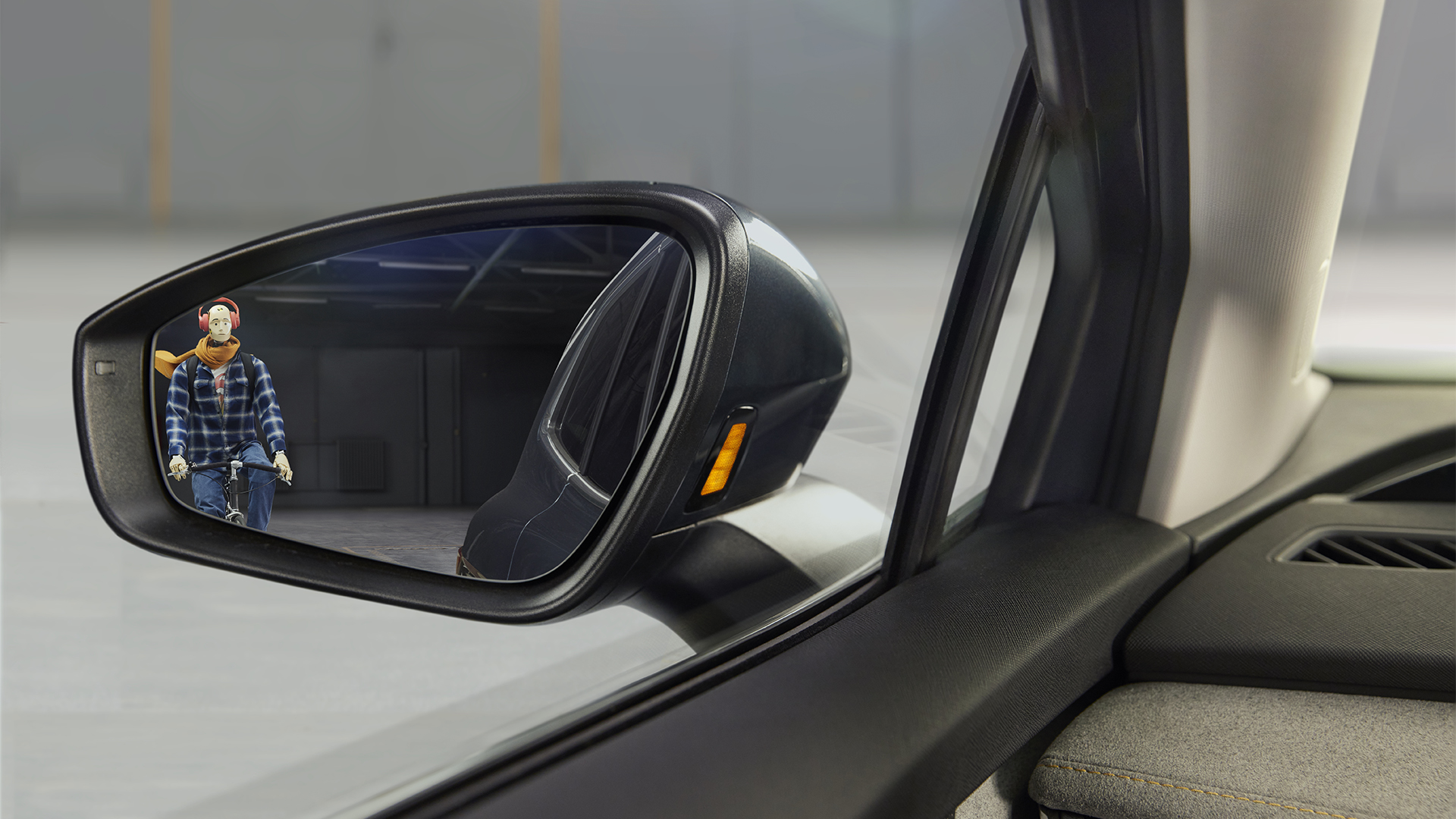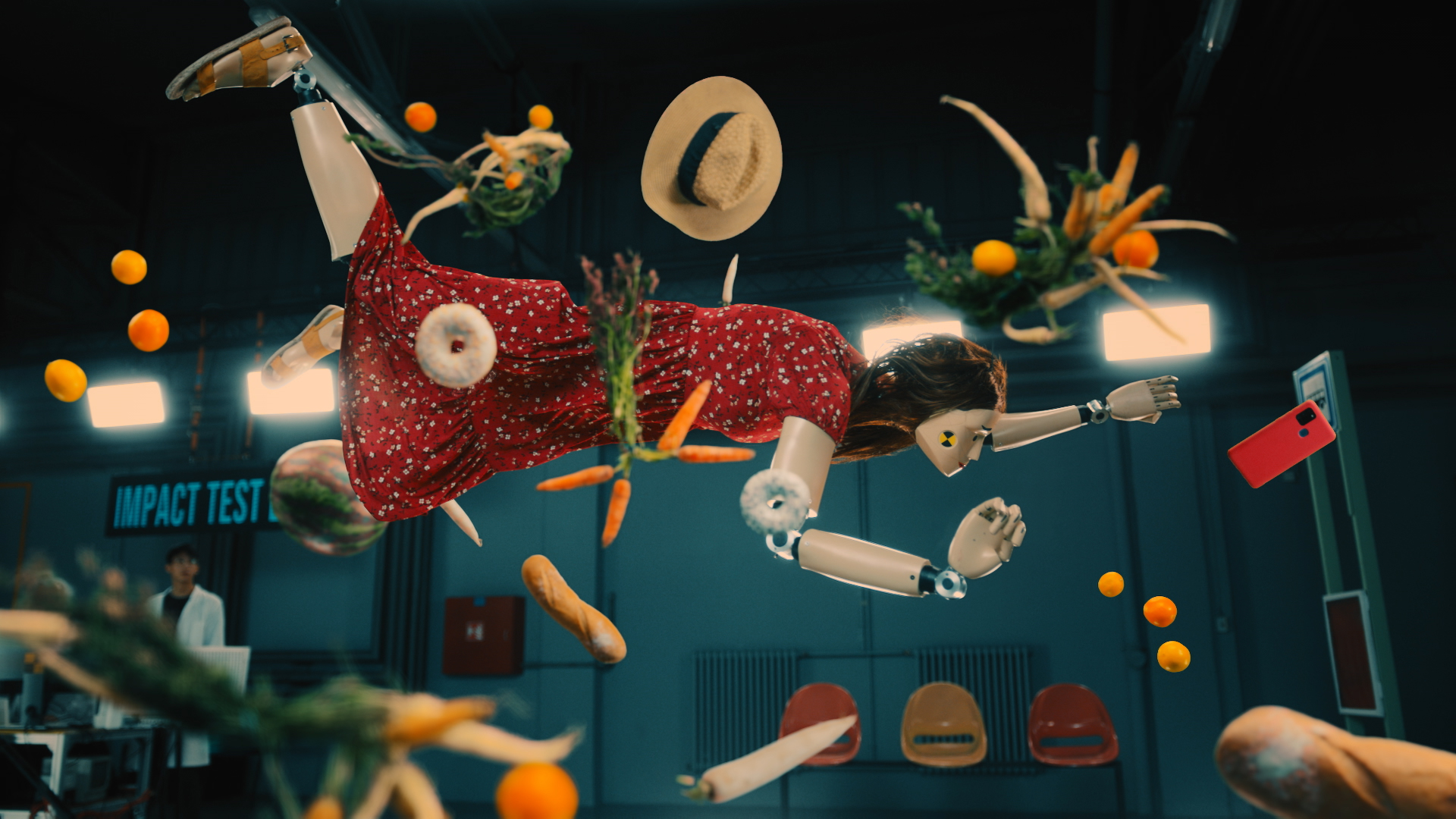Don’t be a traffic dummy
The We Love Cycling platform has come up with a safety campaign. In all the markets where ŠKODA is active, the campaign draws attention to common mistakes and carelessness on the highways and byways. But crash test dummies take the place of stuntmen in hazardous situations. Tying in with this, the campaign’s slogan is “Don’t be a traffic dummy”, meaning don’t make stupid mistakes. Don’t use your phone when you’re cycling, for example.
The campaign is supported by seven ads – three focusing on cyclists, three on assistance systems in ŠKODA cars like the ENYAQ iV and OCTAVIA SCOUT, and one in which road safety expert Robert Šťastný explains the assistance functions that ŠKODA cars offer. As he stresses, though, paying attention is the best way to prevent accidents. And that is true whether you’re on four wheels or two.
www.welovecycling.com
















